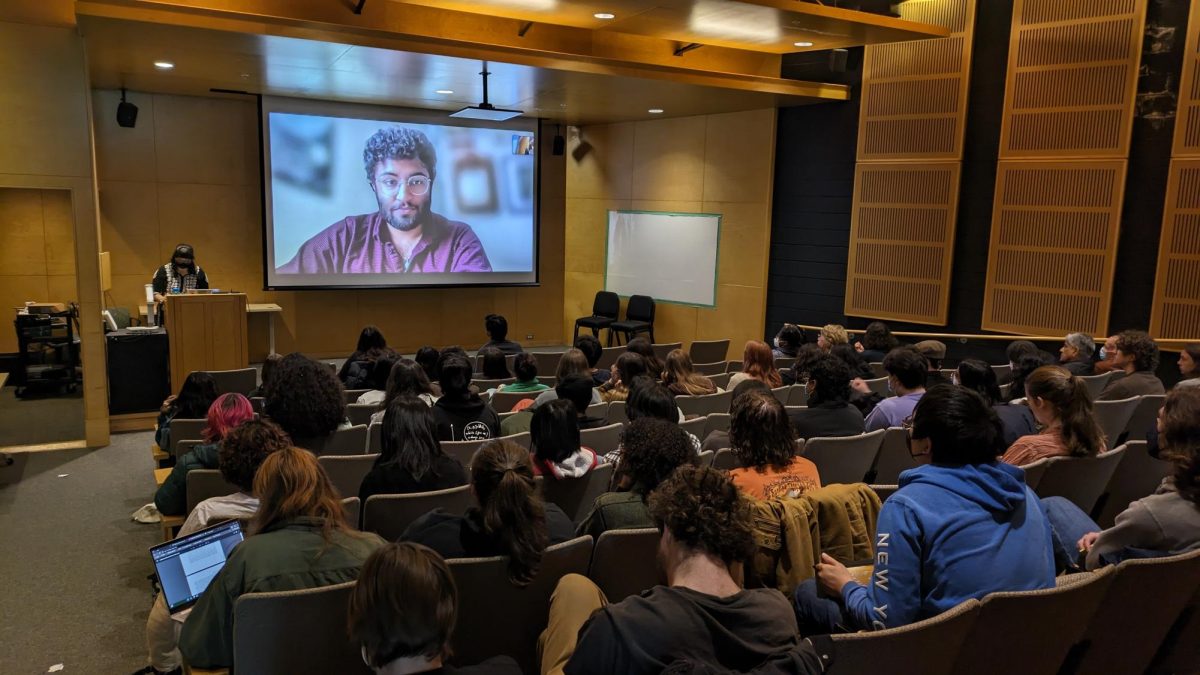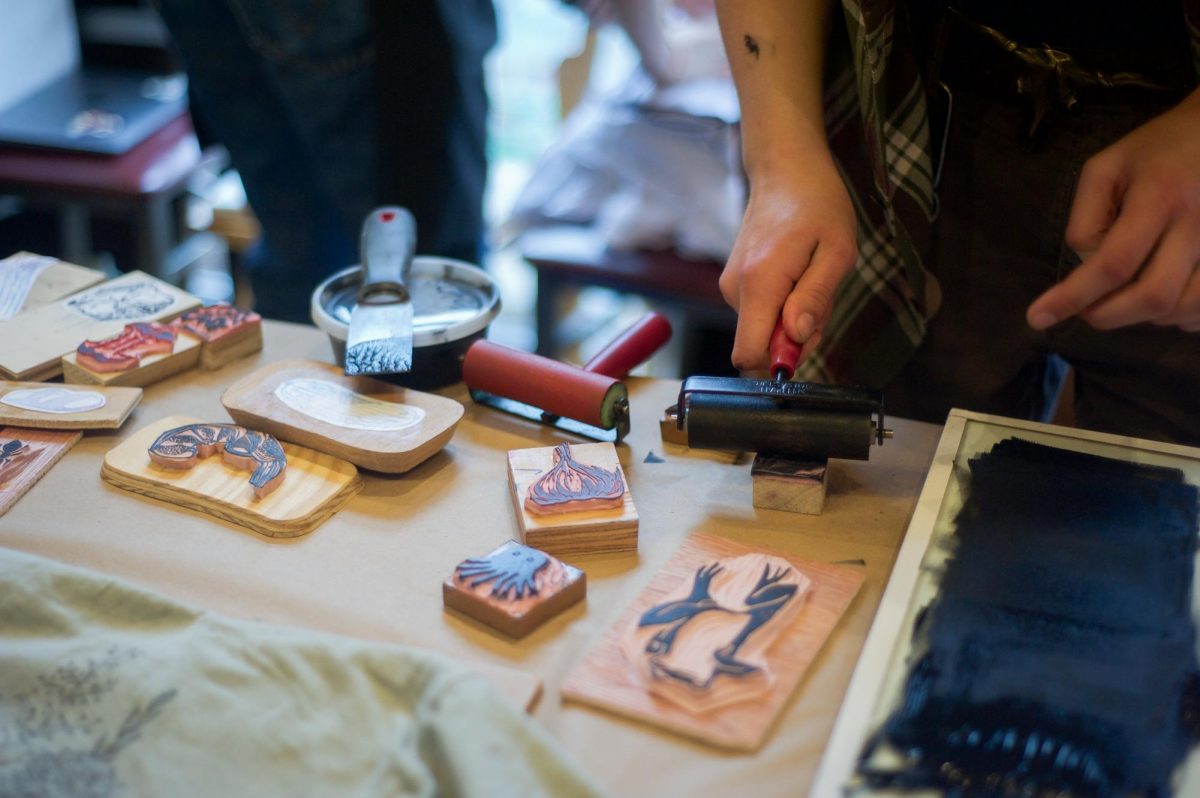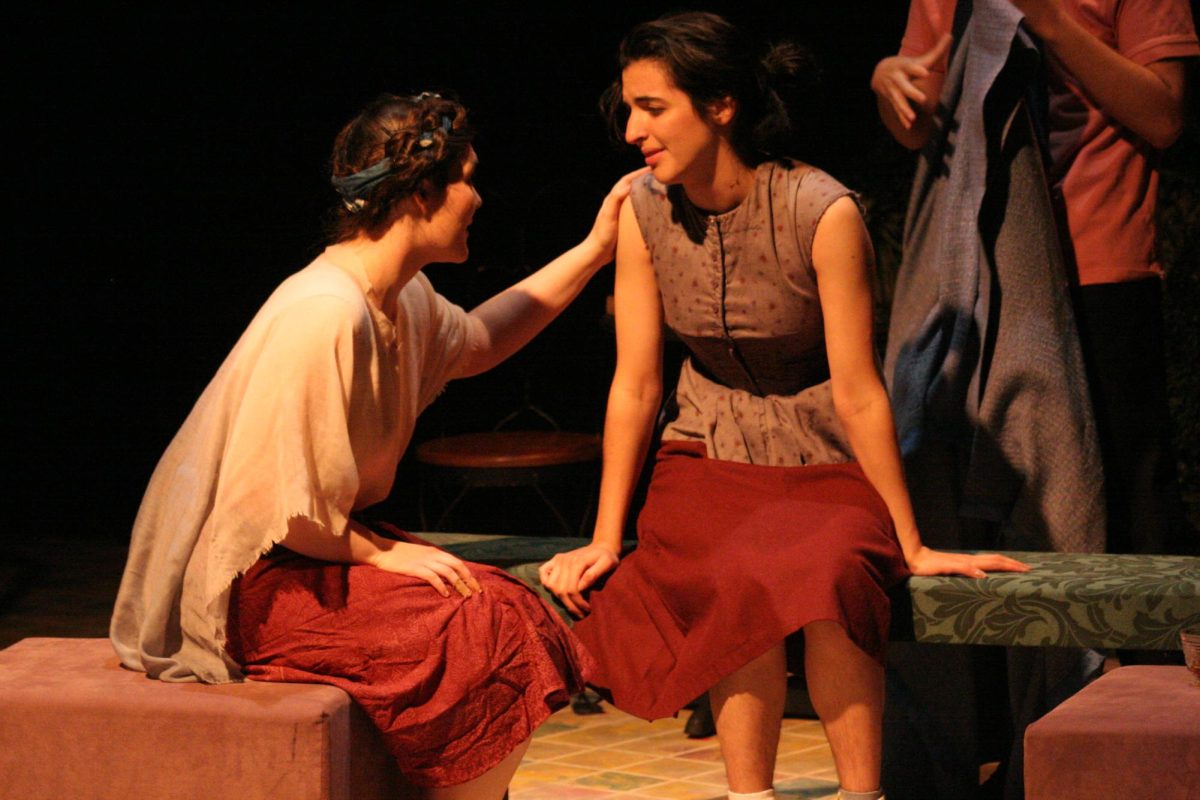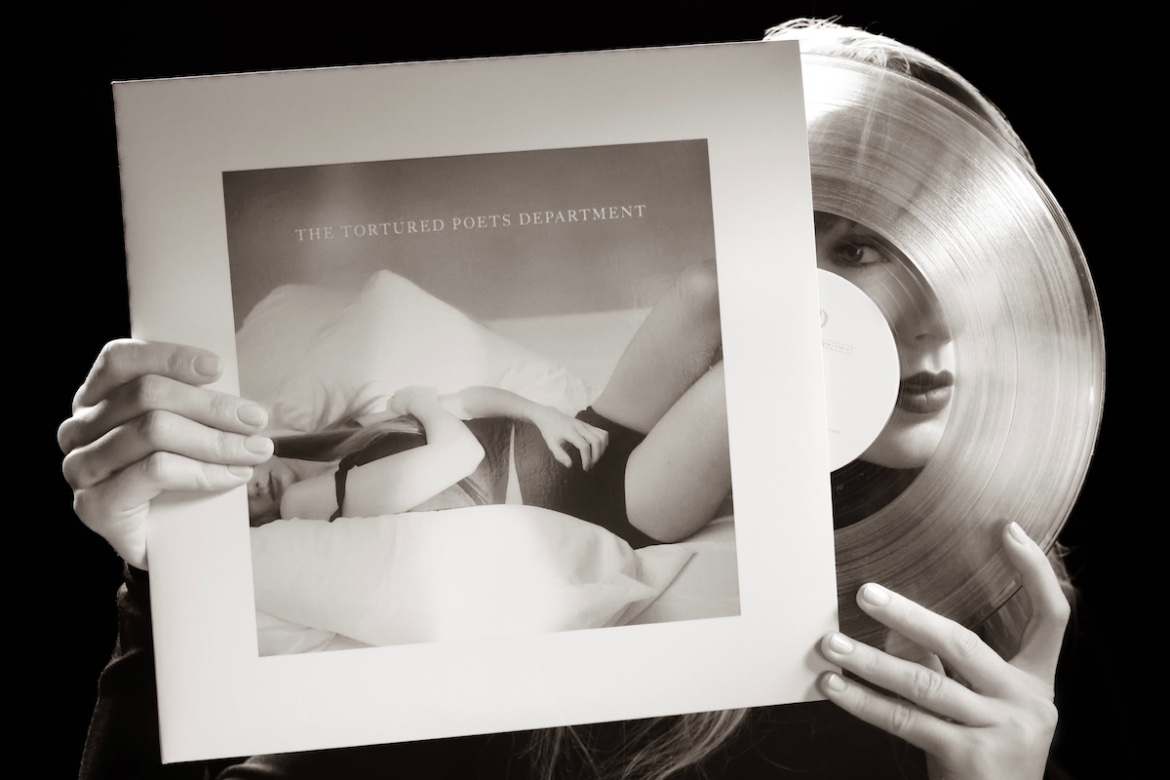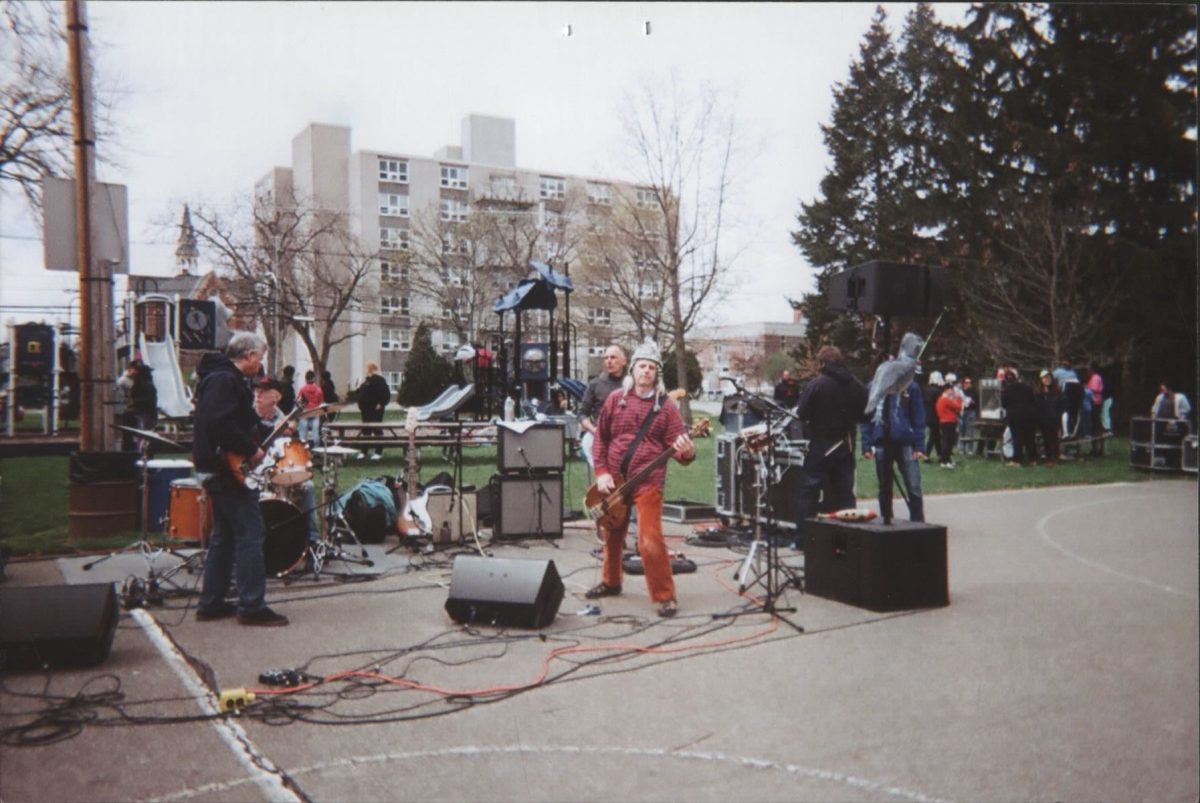AMAM Makes Space for Spring Showings
February 10, 2012
With the spring semester comes the opening of a series of new installations at the Allen Memorial Art Museum. In the Ellen Johnson Gallery, new additions include Carl Andre’s 8 Blocks and 8 Stones and Robert Smithson’s Slant Piece. Upstairs, in the Ripin Print Gallery, two new shows are on display: Artists on Artists and Italy on Paper. Although seemingly unrelated, both of the shows engage in a dialogue about the nature of portraiture, offering examples of more traditional portraits of people, portraits of portraits, and even portraits of spaces.
Artists on Artists, an exhibit curated by Denise Birkhofer, assistant curator of modern and contemporary art, begins in the south hallway and continues clockwise around the gallery. It focuses both on artists’ depictions of themselves, as well as their depictions by others, concluding with examples of appropriation art including a controversial Richard Prince photograph and a playful Jim Riswold riff on Damien Hirst.
For Birkhofer, one goal of the show was to “stretch the confines of the space.” Indeed, in spite of the breadth of work included in the installation, Birkhofer maintains thematic unity throughout, telling a complete and accessible story about artists’ portraits without overwhelming the viewer.
The opening painting, placed directly opposite the introductory text, shows an imaginary portrait of van Gogh by Miriam Beerman, made in 1985. In the painting, Beerman indicates van Gogh’s identity in distinct ways, telling two different stories about the painter himself.
The first illustrates the impact of his artistic legacy, represented through the impressionistic style and color palette of the painting. The second is the more superficial, almost gimmicky legacy — that of his famously severed ear. These two sides of van Gogh seem to get at a tension addressed by the show at large: how artists wanted to be remembered versus how, or for what, they actually were.
The content of the show reflects many of the strengths of the Allen’s collection, including the large number of portraits the museum has amassed over the years. From Paul Strand to Edward Steichen, Cézanne to Jim Dine and Nan Goldin, the viewer is treated to canonical works by one iconic artist after another.
But the show is much more than a simple opportunity to showcase the collection. Birkhofer adeptly weaves together a narrative about self-portraits like those of Jim Dine, which she sees as “a visual autobiography of their lives,” to “fragmented self-portraits,” in which, Birkhofer comments, “we get a sense of the artist’s presence without seeing them in their entirety.”
Next, the show moves into what the wall label identifies as “copying.” In placing many of these copies next to their original, Birkhokfer shows the viewer how the copy diverges from the original. This process depicts a portrait of the artist indirectly, telling us about their identity throughout the individualized choices they have made in their reproduction.
Meanwhile, Italy on Paper, co-curated by twin sisters Liliana Milkova, curator of academic programs, and Stiliana Milkova, comprises the east hallway. This show focuses on the tail end of the “grand tour,” the 17th and 18th century aristocratic tradition of traveling to Italy upon completing one’s education. The works are grouped geographically, divided into the three main stops on the tour: Venice, Rome and Florence. For Liliana, a major goal was to show the differences between the ways these cities were perceived, and the distinct meanings they held for travelers during the 19th and early 20th century.
Venice, for instance, is pictured as a dynamic city made up of flowing waterways; an almost ghostly, yet coveted, urban landscape, it is at once grimy and beautiful. Rome, meanwhile, appears far more static, a reflection of the Victorian traveler’s preconception of Rome as “a static museum of antiquity,” says Liliana. It is a nostalgic journey. Florence held a different appeal still — it appeared as an elegant and civilized city full of cultural enrichment without the almost oriental exoticism of Venice.
Especially impressive are the Stieglitz and Steichen photographs, both showing the Venice of James McNeil Whistler’s almost voyeuristic conception of the Venice of the Venetians, not of the tourist. Baron Adolph de Meyer’s prints, formatted in an elongated, horizontal style, show us Venice as “locked between sky and water,” which is how it was, says Liliana. As we move through the hallway, we become a tourist, rifling through the travel guides, immersing ourselves in the culture as it is being framed for us by both the artist and the curator.
Both shows explore their themes through use of multiple media, incorporating literature, drawing and photography into their displays. Together, these shows ask us to reconsider the ways in which we construct our understanding of identity, both human or otherwise, and to expand our idea of the portrait.





